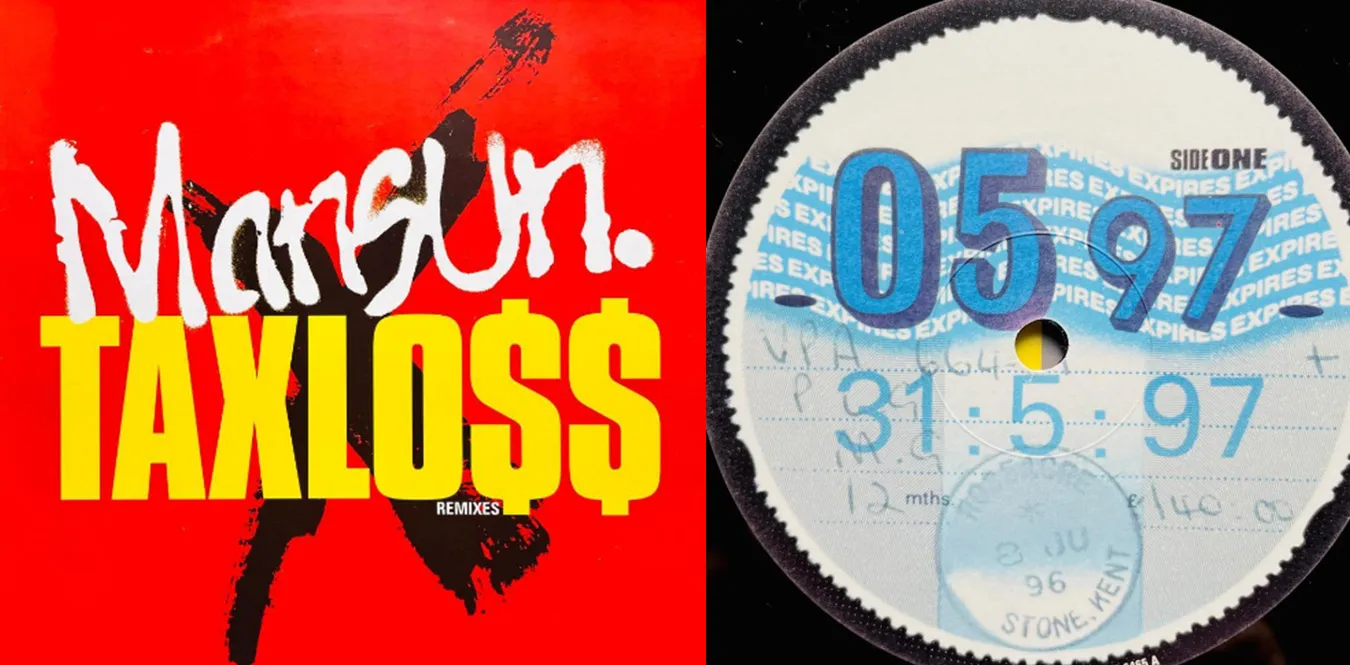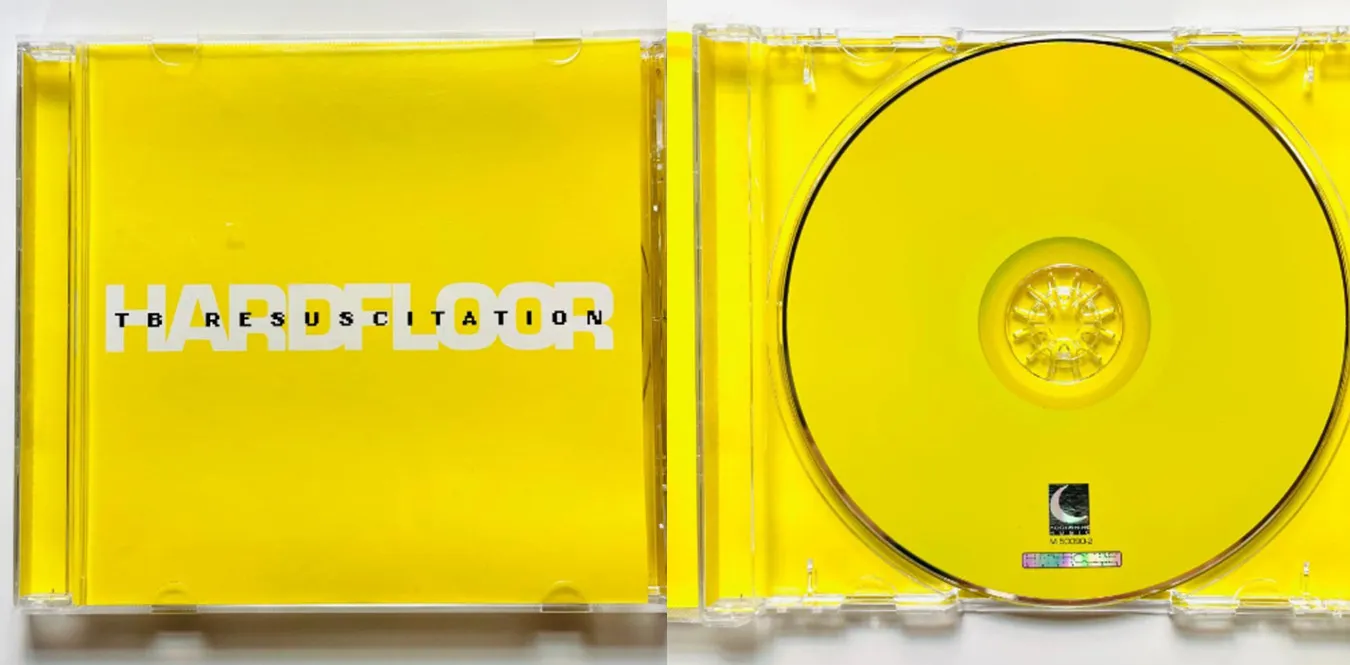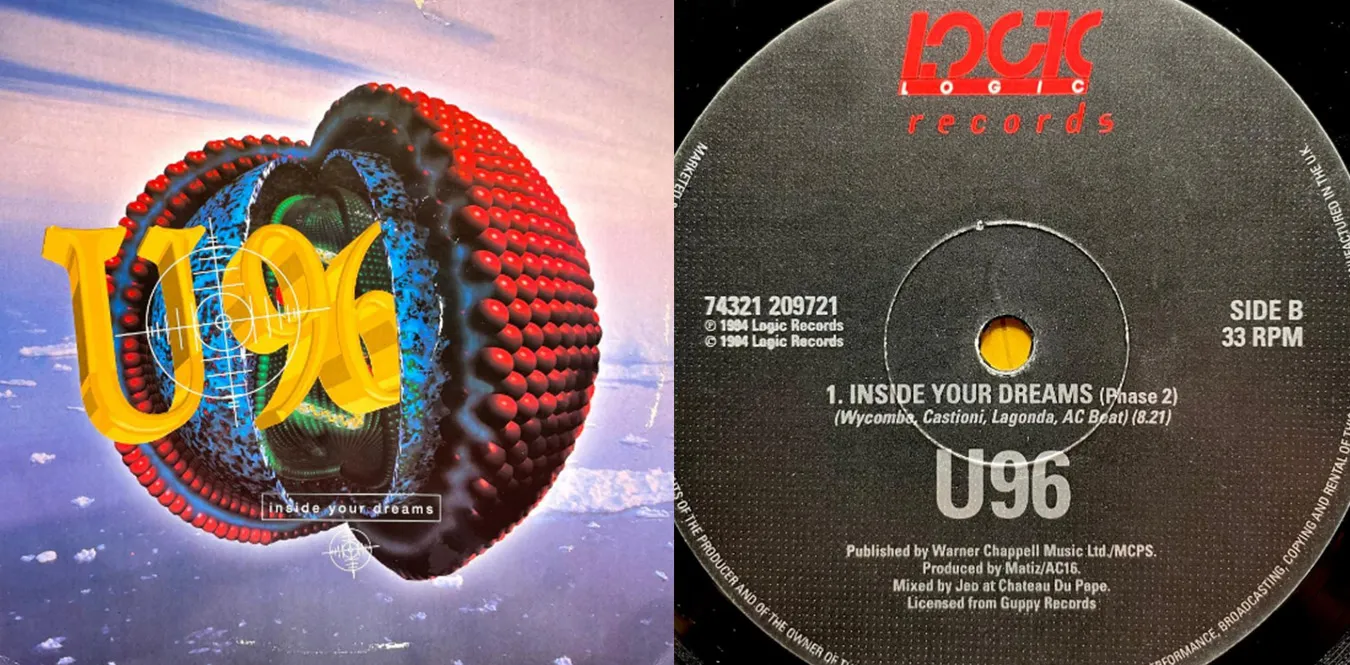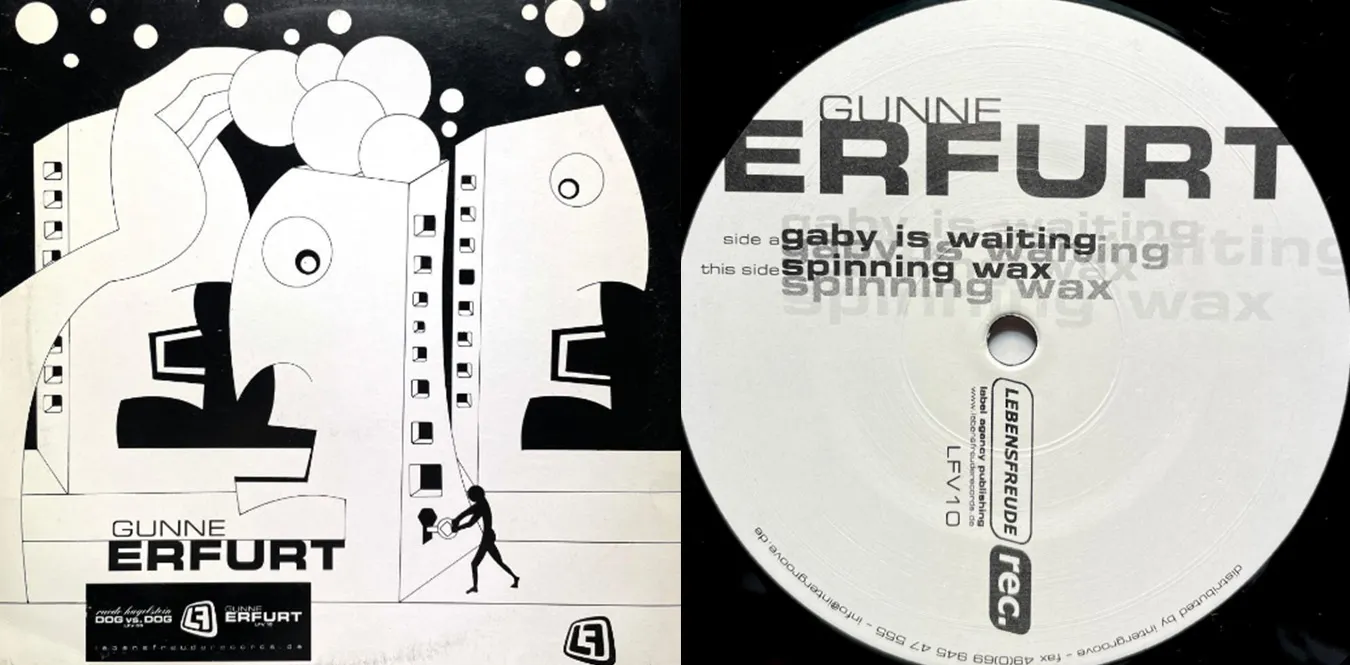![[Column] Body and Beat: Anthropology of Dance Music](/../assets/images/column-anthoropology-of-dance-music.webp)
Introduction: Why are people moved by rhythm?
Text: mmr|Theme: Why do people dance? An anthropological exploration of the relationship between the beat and the body, from ancient rituals to club culture to the rhythms of the AI era.
When you hear a sound on the dance floor, your body reacts before logic. My feet and hips unconsciously begin to beat. This is a feeling that goes before ““listening” and is a completely different perceptual circuit from ““understanding” music.
Anthropologist Andre Leroy-Gourand He defined human culture as the “extension of the body.” Just like stone tools and writing, rhythm is also an extension of the human body. In other words, dancing is the first technology of civilization.
Chapter 1: Drums and Ritual - The Origin of Rhythm
1. The birth of sound was accompanied by “breathing”
From an archaeological perspective, the earliest “musical instruments” were percussion instruments. It is a stone or tree beaten for hunting or prayer, Creating a ““beat’’ was also an act of creating a community.
In many tribal societies in Africa and Oceania, The drum was both a means of transmitting information and a central part of rituals. The rhythm of heartbeat is a metaphor for life, Rhythm was a code for the body to communicate with the outside world.
2. Dance that ticks the “beat” of the community
Dancing is often referred to as ““nonverbal communication.’’ However, its essence lies rather in the reconfirmation of society through the resonance of the body. Festival dances and religious trances are It was a device that melted the “self” in a rhythmic flow that transcended the individual.
Chapter 2: Machine Rhythm - Technology and the Reorganization of the Body
1. From the invention of the metronome to clubs
The 19th century metronome It was the first technology to ““digitize’’ the human sense of rhythm. As an extension of that, there are rhythm machines, sequencers, and DJ mixers.
Technology is not just a tool to reproduce sound; It has functioned as a device that redefines the body’s sense of time.
2. Machines guide the body - revolution in techno and rave
In the 1980s, when Detroit techno and Chicago house emerged, People began to surrender to the beat of the machine rather than the live performance. Homogeneous BPM, looping beat. It seems to erase “human imperfection”, On the contrary, it had the power to drag the body into pure rhythmic pleasure.
In the early 1990s, when rave culture expanded, A phenomenon was born in which countless bodies synchronized in a whirlpool of sound. A “resonating crowd” that transcends social and political frameworks. It was a modern version of an ancient ritual.
Chapter 3: Dancing Cities - Berlin, Tokyo, and “Places of the Body”
1. Berlin: Ruins and Techno Freedom
Immediately after the fall of the Wall, Berlin was a lawless zone and a testing ground for freedom. Clubs like Tresor and Berghain It created a new physical community in a city awaiting political and economic restructuring. There, ““dancing’’ itself is It was a political act of memory and rebirth.
2. Tokyo: Between regulation and creativity
Japan’s club culture matured under the legal constraints of the Entertainment Business Act. In this country, where dancing was once considered illegal, People searched for new ways to move their bodies in time with sound. Shibuya, Daikanyama, Shimokitazawa, and local small boxes―― Secret dance venues formed the underworld of the city.
3. Online floor: the emergence of the digital body
Since the pandemic, the club has expanded online. Bodies dancing through the screen, avatar movements, and AI-generated DJ sets. Yet people still respond to rhythm. The body may not be a substance, but a network of resonance.
Chapter 4: Trance and Ecstasy - Dance as Transformation of Consciousness
1. Ancient layer in trance state
Dance is not just entertainment; it is also a technique for changing consciousness. In shamanistic rituals, Long rhythmic repetition induces a trance state, People have become people who listen to the voices of others.
Modern club music is structurally similar. Repetition of BPM120-140 resonates with brain waves, Producing a moment when the body surpasses consciousness. Drugs and lighting are also just secondary triggers for sound.
2. From “individual” to “group”: Sociology of dancing crowds
What sociologist Durkheim refers to as “collective effervescence” is It is a moment when the energy of the community is simultaneously energized. The club’s dance floor is a modern recreation of exactly that. A place where lonely individuals can connect with others through rhythm. It’s a more primitive and much more physical empathic device than SNS.
Chapter 5: AI and the rhythm of the future - will machines dance?
AI-generated music can now be freely manipulated in terms of BPM and emotion. However, the problem is not that machines can make people dance. Rather, the question is how humans empathize with the rhythms of machines.
When the human body responds to the beats created by AI, It’s no longer a human versus machine relationship. An “extended body” as a resonant being is born. Rhythm will become the new language of communication.
Conclusion: Beat is the memory of the body
Even if music is converted into data and rhythms are programmed, Humans never stop dancing. This is not an instinct, but a function of the body as a memory. With each beat, we reaffirm the rhythm of life.
What is dancing? Once I dismantle my individual self, It is the oldest and newest act of re-synchronizing with the world.



![[Column] Ricardo Villalobos × Luciano — A rhythmic journey where South America and Europe intersect](/../assets/images/column-ricardo-villalobos-luciano.webp)



![[Column] Expanding trajectory of Minimal Music: Aesthetics of repetition and change as seen from Techno, House, and Rock](/../assets/images/column-minimal-music.webp)


![[Column] The illusion of EDM: Celebrating and rebuilding in the digital age](/../assets/images/column-edm.webp)
![[Column] Roland TR-1000: Redefining rhythm ─ Analog genes and the heartbeat of the AI era](/../assets/images/column-roland-tr-1000.webp)